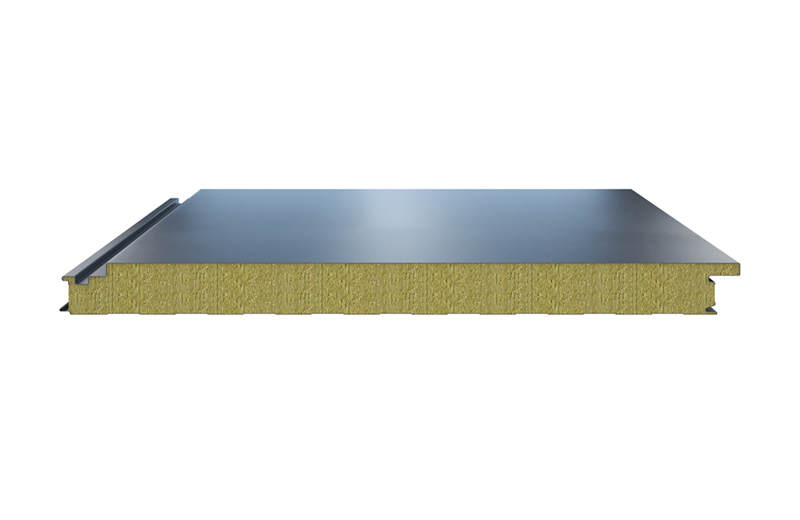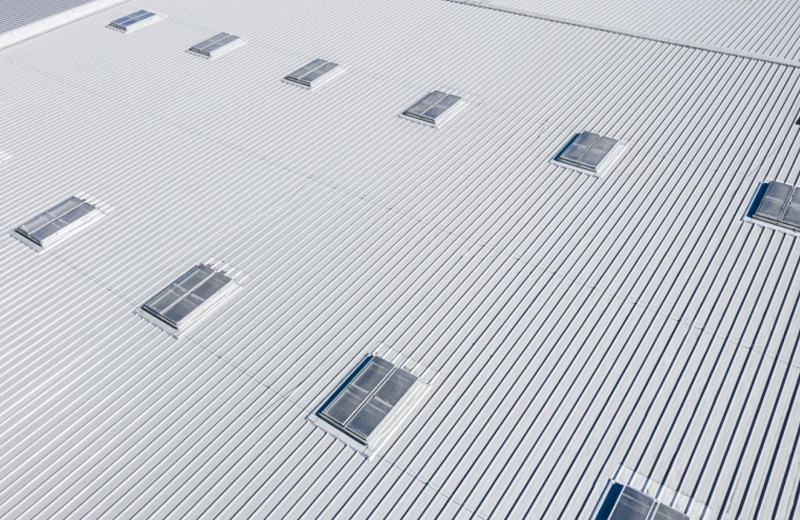×

Search
Insulated Metal Panels (IMPs), commonly referred to as sandwich panels, are a revolutionary product in the construction industry, known for their efficiency and versatility. Comprising two metal sheets that encase a core of insulating foam, IMPs offer a unique combination of durability, superior energy efficiency, and rapid installation.
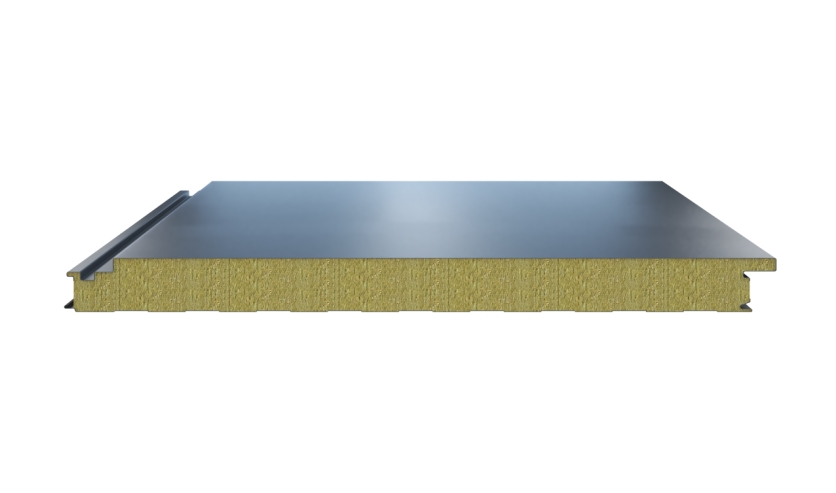
IMPs are a highly versatile solution that combines the functions of exterior cladding, thermal insulation, and a vapor barrier into a single product. This integration results in high R-values, indicating strong insulating properties that are crucial for reducing heat transfer and enhancing a building's energy efficiency. IMPs conform to numerous U.S. and international building codes, making them suitable for a wide range of projects. Their application extends across walls, partitions, ceilings, cold storage, and roofing, celebrated for both practicality and aesthetic appeal, thanks to their availability in diverse colors and coatings.
Ease of Installation: As an all-in-one solution, IMPs eliminate the need for multiple separate products. Their modular design allows for quick, cost-effective installation, reducing the potential for errors.
Strength-to-Weight Ratio: IMPs can cover larger areas with less material, reducing construction costs, and benefit building owners with lower maintenance and utility expenses.
Energy Efficiency: Their insulated core provides excellent insulation, contributing to significant reductions in heating and cooling costs. They are also eligible for LEED ratings due to their energy-efficient features.
Customizability: With a wide range of profiles, colors, and coatings, IMPs allow for immense design flexibility in various applications, such as offices, warehouses, and schools.
Low Maintenance: They require minimal upkeep, lowering the overall cost of ownership.
Sustainability: Most IMPs are 100% recyclable, with a long lifespan, reducing the need for frequent replacements and minimizing construction waste.
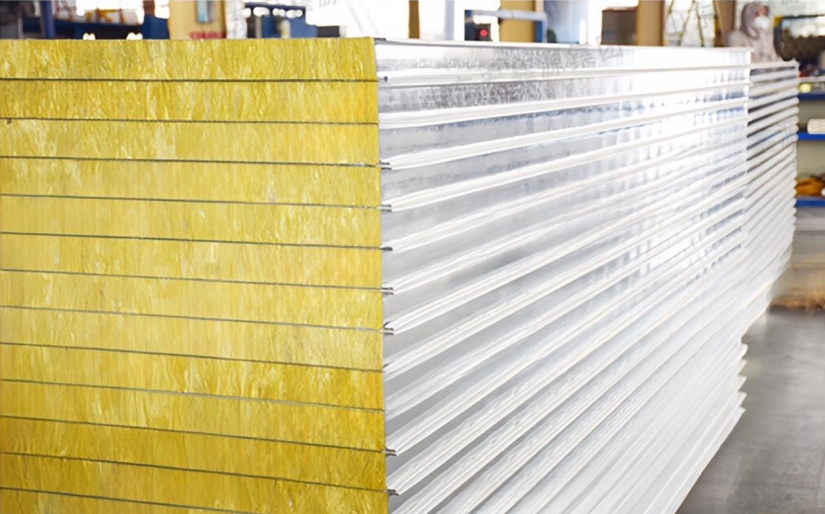
HEADSTREAM insulated metal panels elevate these advantages with a brand commitment to efficiency, durability, and aesthetics. By integrating exterior enclosure, thermal insulation, and moisture protection in one, HEADSTREAM panels reduce material and labor costs and are ideal for use in walls, cold storage, roofing, and ceilings.
With high R-value core materials, they significantly lower energy consumption, supporting LEED certification for green building. Their modular design allows for fast installation, cutting down on construction time and error rates.
Offering excellent strength-to-weight ratio, they are lightweight yet structurally robust, require minimal maintenance, and have an extended service life. A variety of colors, profiles, and surface finishes makes HEADSTREAM panels highly customizable for industrial, commercial, and institutional applications.
Furthermore, HEADSTREAM panels are 100% recyclable, helping reduce construction waste and promoting sustainability goals.
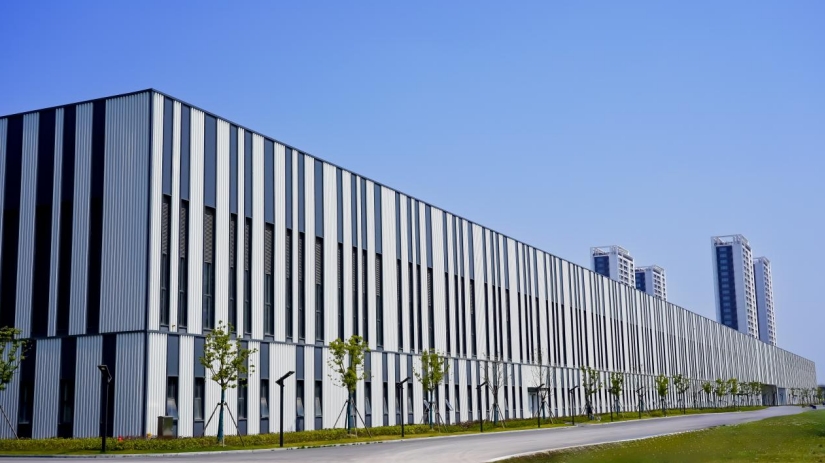
IMPs offer extensive design options with various customizable elements, enabling architects to create multi-dimensional facades that enhance both aesthetics and functionality. Whether used in insulated buildings, metal structures, or sandwich panels, the design possibilities are vast.
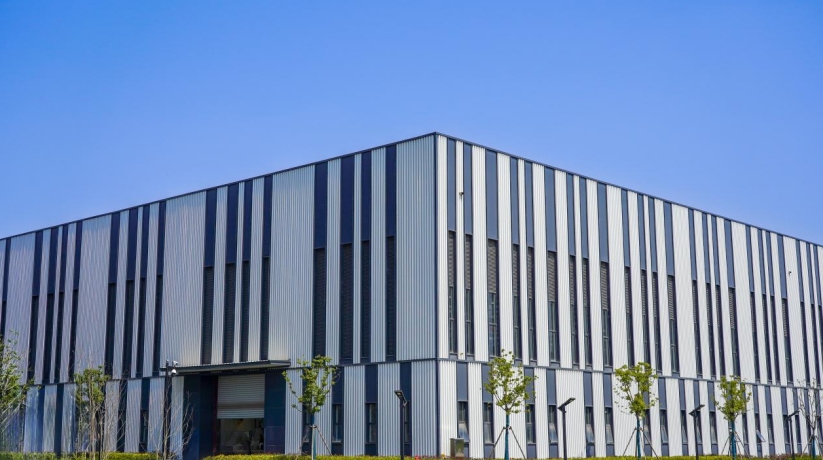
In summary, Insulated Metal Panels are a versatile, efficient, and sustainable choice for modern construction. Their integration of function, performance, and appearance makes them a preferred solution across various sectors. With leading brands like HEADSTREAM offering high-performance panels tailored for today’s building needs, IMPs continue to shape the future of innovative architecture.
 English
English 